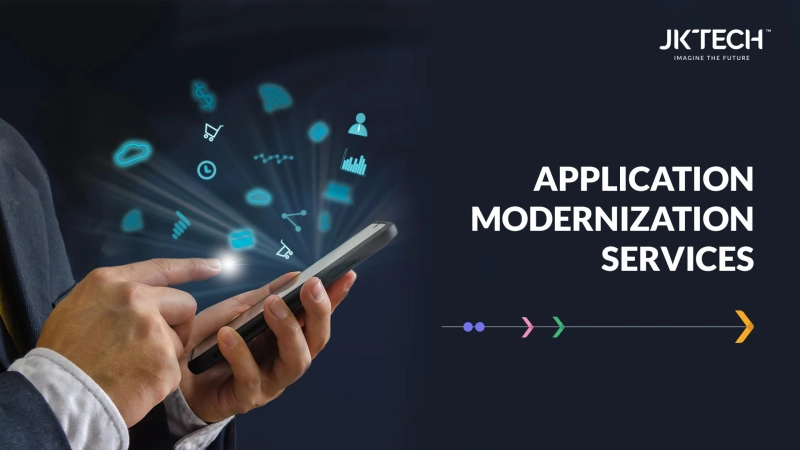Many organizations are looking for legacy application modernization services. Micro services-based cloud-native architectures have a lot to offer and are fun for developers to work with.
Although organizations may choose to actively pursue application modernization initiatives in light of these facts, issues still arise. Why? As a result of the difficulty of refactoring applications, modernization projects frequently fall short of realizing the full benefits of the move to the cloud. Refactoring has a reputation for being a labor-intensive, expensive, and time-consuming manual process that no one is willing to undertake.
Almost all enterprise application modernization faces a dearth of critical talent.
Following are the challenges faced by companies
1) Current team might not be the right fit for the initiative.
Assume you are an IT manager overseeing a team that is in charge of a crucial, outdated back-office application that was developed internally. Every six months, your development team tests, fixes bugs, keeps up with, and even adds a new feature. Your team, your organizational setup, and your application are solid.
Your legacy application modernization is split into microservices and transferred to a hybrid, multi-cloud infrastructure to support agility, scale, and resilience when your leadership team decides to spearhead a crucial new customer experience project. To support the new initiative, your team is expected to continuously improve the application.
2) Do you have the right team that can work on it?
They are knowledgeable about outdated monolithic design, but they lack expertise in refactoring, microservices, the challenges of cloud-native infrastructure, or DevOps. They'll have a significant learning curve, at best. Along with cloud application modernization planning and daily tasks, you'll also be in charge of organizing training activities. In the worst-case scenario, the new endeavor will place pressure on a team that lacks the requisite expertise.
Even worse, the team isn't set up to create, test, or manage a microservices-based app. You must reorganize your crew in order to complete the project successfully moving forward. The team will have to deliver a new application on a strange architecture in addition to doing so within a new corporation.
3) Hiring new talent with specialized skills could be costly!
I have some positive news for you after this disappointment. Three applicants with the necessary abilities and experience were discovered by your recruiter after weeks of searching. You conduct interviews and wish to extend offers, but learn the harsh truth: Specialized skills have a cost. You can only effort two applicants in your budget instead of two.
It can be difficult to locate front-line developers who are proficient in restructuring in older languages, and hence there is a shortage of talent in this area.
4) Recruiting process is impeded
Two new developers have been hired by you. You have enough staff to begin organizing the modernization program, and one of your current developers is reskilling. Now in contrast to expectations, hiring took longer, two new developers are available as opposed to three.
You only have one developer, and it will take him months to catch up, as opposed to reskilling two current developers.
Engineering velocity isn't increasing as quickly as you'd want, and your modernization project is delayed. The manual refactoring approach will take more than two years to modernize apps and move to the cloud, and your crew is already overworked.
Conclusion
Monolithic apps are automatically, effectively, and quickly converted into microservices using the JK Tech platform. It is a repeatable, automated factory model created especially for scalable cloud-native modernization. JK Tech enables modern modernization by offering a quick, precise, and effective method for extracting and creating microservices.
0


